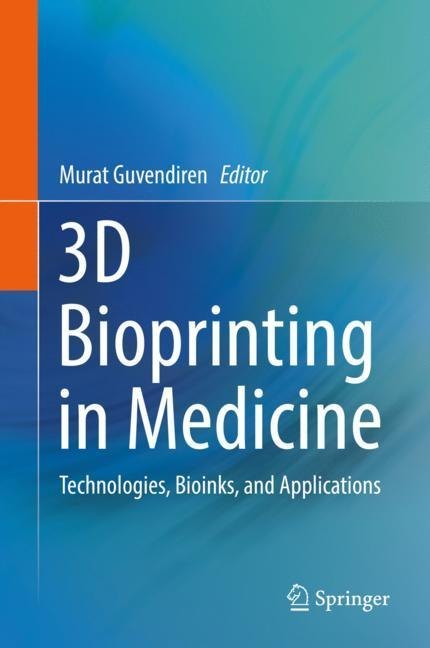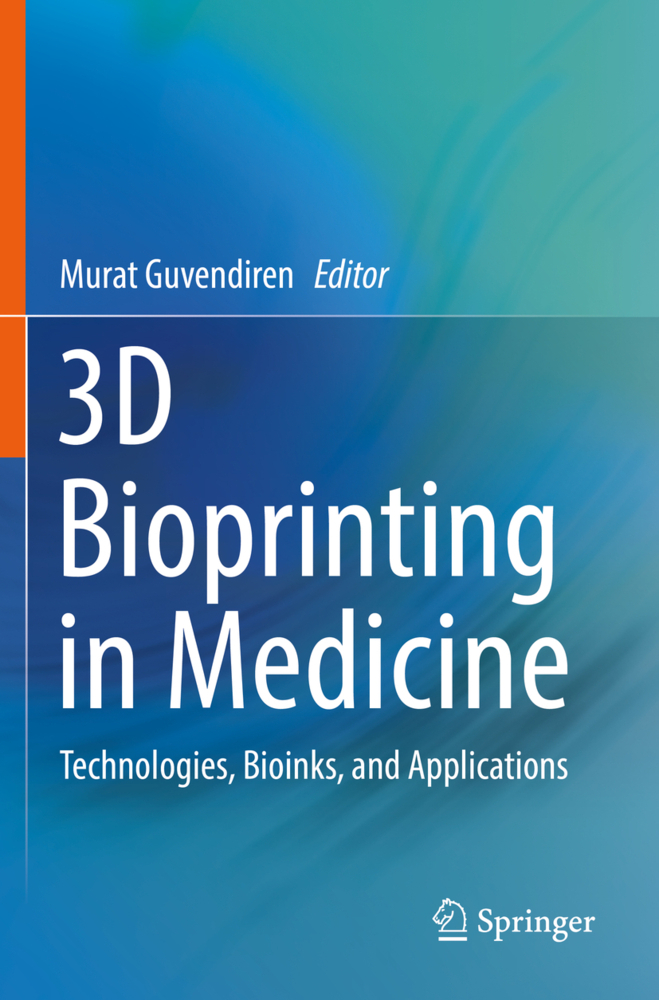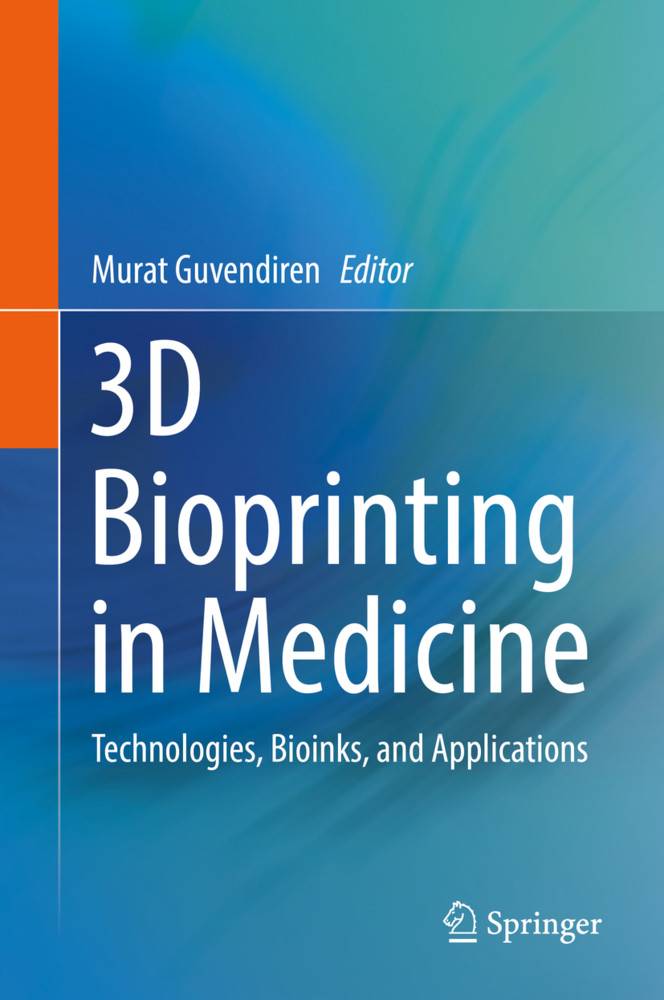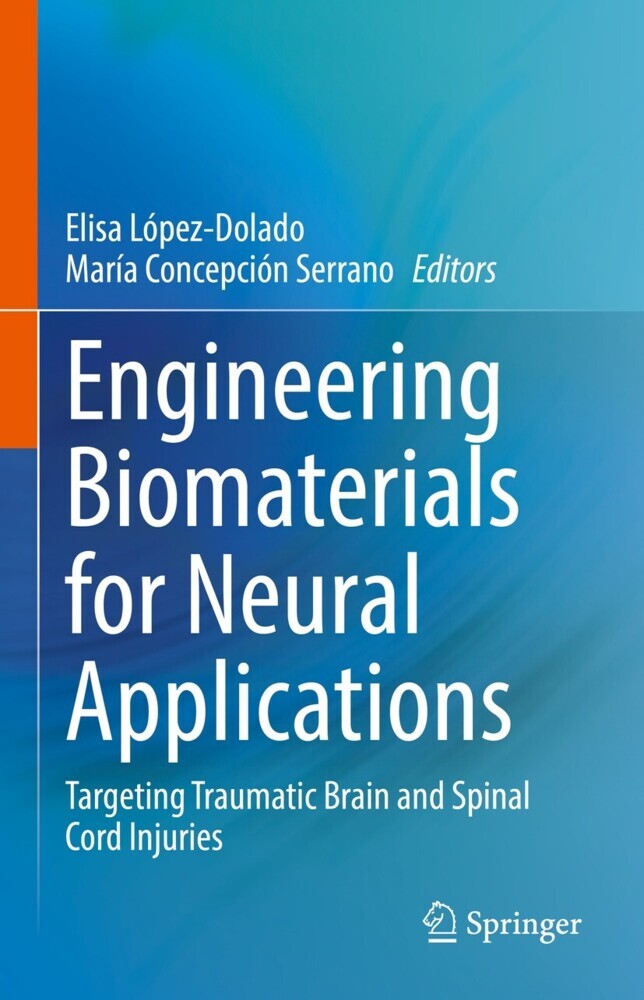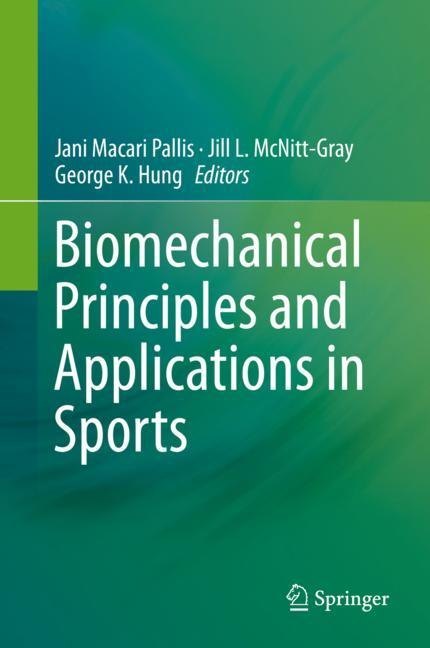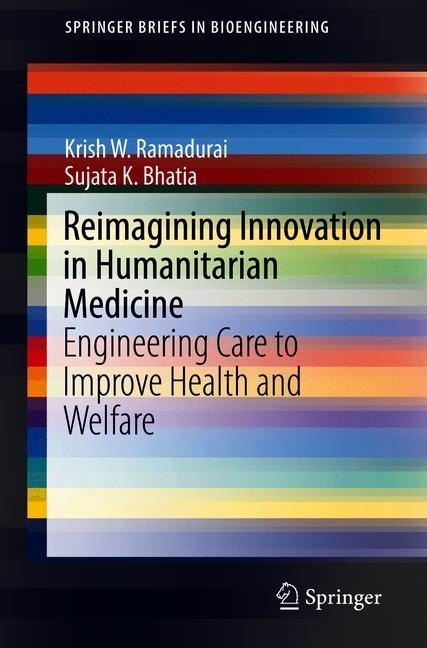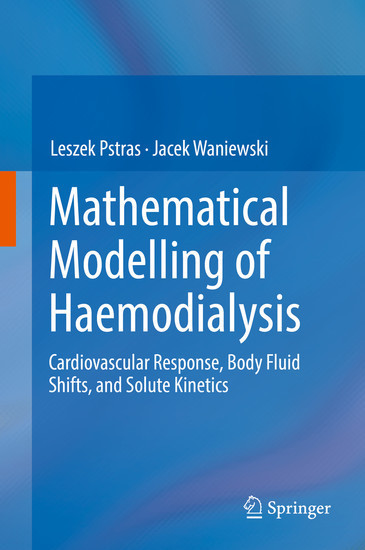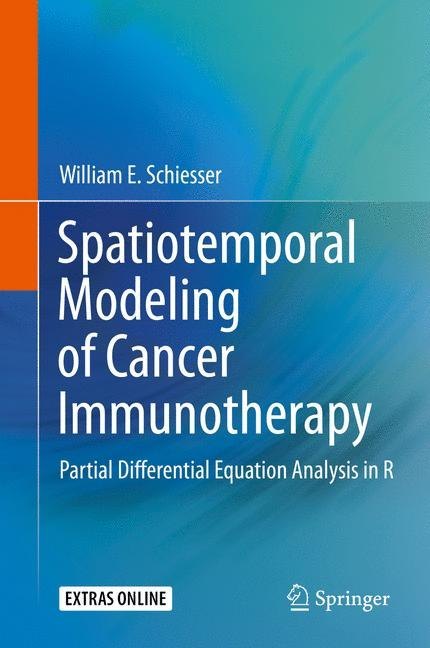3D Bioprinting in Medicine
Technologies, Bioinks, and Applications
3D Bioprinting in Medicine
Technologies, Bioinks, and Applications
This book provides current and emerging developments in bioprinting with respect to bioprinting technologies, bioinks, applications, and regulatory pathways. Topics covered include 3D bioprinting technologies, materials such as bioinks and bioink design, applications of bioprinting complex tissues, tissue and disease models, vasculature, and musculoskeletal tissue. The final chapter is devoted to clinical applications of bioprinting, including the safety, ethical, and regulatory aspects. This book serves as a go-to reference on bioprinting and is ideal for students, researchers and professionals, including those in academia, government, the medical industry, and healthcare.
Dr. Murat Guvendiren is the principal investigator of the Instructive Biomaterials and Additive Manufacturing Laboratory (IBAM-Lab) and an Assistant Professor in the Chemical and Materials Engineering Department at the New Jersey Institute of Technology (NJIT). He earned his B.S. and M.S.degrees in Metallurgical and Materials Engineering from the Middle East Technical University in Ankara,Turkey. He earned his Ph.D. degree from the Department of Materials Science and Engineering at Northwestern University. He did a postdoctoral training at the University of Pennsylvania. Before joining to NJIT, he was a Research Assistant Professor at the New Jersey Center for Biomaterials at Rutgers University. His research focuses on the development of novel bioink formulations and bioprinting of in vitro tissue/disease models.
1;Preface;5 2;Acknowledgments;6 3;Contents;7 4;Chapter 1: 3D Bioprinting Technologies;11 4.1;1.1 Introduction;11 4.2;1.2 Contributing Technologies and a Historical Perspective on 3D Printing, Tissue Engineering, and Bioprinting;13 4.3;1.3 What Defines Bioprinting Among Related Technologies?;19 4.4;1.4 Bioprinting Workflow;21 4.5;1.5 Bioprinting Technologies;26 4.5.1;1.5.1 Extrusion-Based Bioprinting;27 4.5.2;1.5.2 Droplet-Based Bioprinting;31 4.5.3;1.5.3 Energy-Based Bioprinting;35 4.6;1.6 Printing with Bioinks: Strengths and Challenges Within Bioprinting Technologies;40 4.6.1;1.6.1 Considerations in Extrusion-Based Bioink Deposition;41 4.6.2;1.6.2 Considerations in Droplet-Based Bioink Deposition;44 4.6.3;1.6.3 Considerations in Energy-Based Bioink Deposition;47 4.7;1.7 Expanding the Capabilities of Bioprinting Through Innovation and Closely Related Technologies;49 4.7.1;1.7.1 Multimodal and Multimaterial Printing;50 4.7.2;1.7.2 Embedded Bioprinting and Addressing Challenges Inherent to Layer-by-Layer Printing;51 4.7.3;1.7.3 Modifying the Printing Process and Hardware to Extending Bioprinting Capabilities and Materials;55 4.7.4;1.7.4 Technologies at the Boundary Between Bioprinting and Biofabrication;56 4.8;1.8 Looking Toward the Future of Bioprinting;59 4.9;References;61 5;Chapter 2: Materials as Bioinks and Bioink Design;77 5.1;2.1 Introduction;78 5.2;2.2 Bioink Design Principles;80 5.2.1;2.2.1 Printability;80 5.2.2;2.2.2 Mechanical Properties;81 5.2.3;2.2.3 Degradation;82 5.2.4;2.2.4 Biochemical Functionality;83 5.2.5;2.2.5 Cell Viability;84 5.2.6;2.2.6 Biocompatibility;84 5.3;2.3 Bioink Formulations;85 5.3.1;2.3.1 Cell-Based Bioinks and Scaffold-Free Printing;85 5.3.2;2.3.2 Cell-Encapsulating Materials and Scaffold-Based Printing;86 5.3.2.1;2.3.2.1 Natural Polymers;88 5.3.2.1.1;2.3.2.1.1 Agarose;89 5.3.2.1.2;2.3.2.1.2 Alginate;89 5.3.2.1.3;2.3.2.1.3 Collagen;90 5.3.2.1.4;2.3.2.1.4 Fibrin;91 5.3.2.1.5;2.3.2.1.5 Hyaluronic Acid (HA);91 5.3.2.1.6;2.3.2.1.6 Cellulose (and Derivatives);92 5.3.2.1.7;2.3.2.1.7 Silk;92 5.3.2.1.8;2.3.2.1.8 Decellularized Extracellular Matrix (dECM);92 5.3.2.2;2.3.2.2 Synthetic Polymers;93 5.3.2.2.1;2.3.2.2.1 Pluronic®;94 5.3.2.2.2;2.3.2.2.2 Poly(Ethylene Glycol) (PEG);94 5.3.2.3;2.3.2.3 Multi-Material Bioinks;95 5.3.2.3.1;2.3.2.3.1 Interpenetrating Polymer Networks (IPNs);97 5.3.2.3.2;2.3.2.3.2 Nanocomposite Bioinks;98 5.4;2.4 Future Perspectives;99 5.4.1;2.4.1 Supramolecular Materials;99 5.4.2;2.4.2 Microgels;101 5.5;2.5 Conclusion;101 5.6;References;102 5.6.1;Suggested Reading;110 6;Chapter 3: Potential Clinical Applications of Three-Dimensional Bioprinting;111 6.1;3.1 Introduction;112 6.2;3.2 Bone;113 6.3;3.3 Cartilage;117 6.4;3.4 Skin;121 6.5;3.5 Neural Tissues;125 6.6;3.6 Blood Vessels;126 6.7;3.7 Muscle;126 6.8;3.8 Cardiovascular Tissue;127 6.9;3.9 Other Tissues;127 6.10;3.10 Conclusions;128 6.11;References;129 7;Chapter 4: Bioprinting Vasculature;136 7.1;4.1 Introduction;137 7.2;4.2 In Vitro Tissue-Engineered Vascularized Construct;139 7.2.1;4.2.1 Choice of Biomaterials;139 7.2.1.1;4.2.1.1 Natural Polymers;139 7.2.1.2;4.2.1.2 Synthetic Polymers;140 7.2.1.3;4.2.1.3 dECM: A Biomimetic Approach;140 7.2.2;4.2.2 Strategies for Fabricating Tissue-Engineered Vascularized Constructs;141 7.3;4.3 3D Bioprinting of Vascularized Constructs;143 7.3.1;4.3.1 Inkjet-Based Bioprinting;143 7.3.2;4.3.2 Laser-Assisted Bioprinting;144 7.3.3;4.3.3 Extrusion-Based Bioprinting;145 7.4;4.4 Application of Bioprinted Vascularized Tissue Constructs;147 7.4.1;4.4.1 Tissue Regeneration;148 7.4.2;4.4.2 Drug Discovery and Toxicological Screening;150 7.5;4.5 Conclusion and Future Perspective;152 7.6;References;153 8;Chapter 5: 3D Bioprinting in Clinical Cardiovascular Medicine;158 8.1;5.1 Introduction;159 8.2;5.2 3D Bioprinted Surgical Models of Cardiac Disease;160 8.3;5.3 3D Bioprinted Cardiac Patches;161 8.4;5.4 3D Bioprinting in Computational and Theoretical Modeling;163 8.5;5.5 3D Bioprinted Heart Valves;164 8.6;5.6 3D
Guvendiren, Murat
| ISBN | 9783030239060 |
|---|---|
| Artikelnummer | 9783030239060 |
| Medientyp | E-Book - PDF |
| Copyrightjahr | 2019 |
| Verlag | Springer-Verlag |
| Umfang | 217 Seiten |
| Sprache | Englisch |
| Kopierschutz | Digitales Wasserzeichen |

